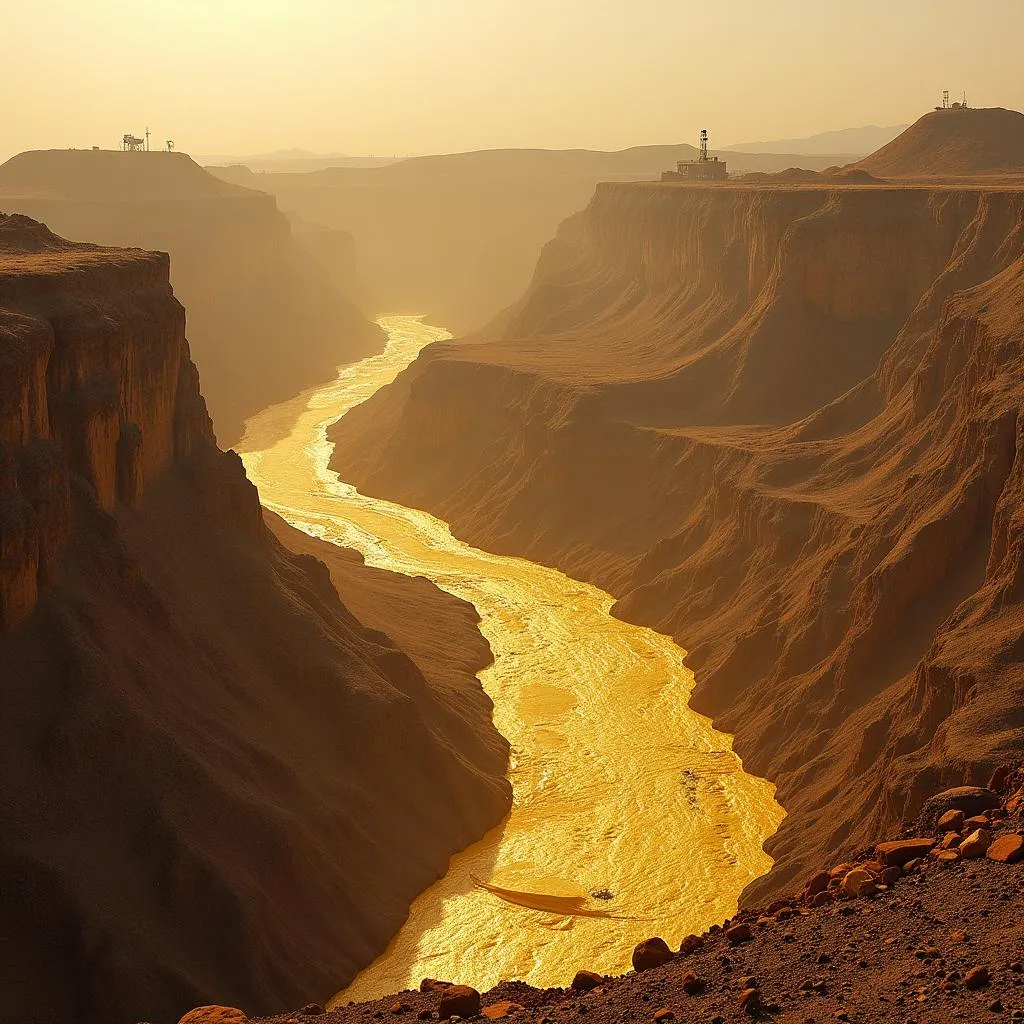The African Tectonic Plate: Shaping the Continent’s Landscapes and History
The African Tectonic Plate, one of the largest and oldest on Earth, plays a crucial role in shaping the continent’s diverse landscapes and influencing its geological history. Its movements have resulted in the formation of magnificent mountains, vast plains, and dramatic rift valleys, shaping the very fabric of Africa’s geography and ecosystems.
Understanding the African Tectonic Plate
The African plate is a massive piece of the Earth’s lithosphere, encompassing the entire African continent, as well as portions of the surrounding ocean floor. It’s characterized by its relatively stable nature, with minimal volcanic activity compared to other plates. However, its slow but continuous movement and interactions with neighboring plates have led to dramatic geological transformations over millions of years.
The African Rift Valley: A Result of Plate Tectonics
One of the most striking examples of the African plate’s dynamic nature is the East African Rift Valley, a vast geological feature stretching thousands of kilometers across the eastern part of the continent. This impressive rift valley is a direct consequence of the African plate’s gradual splitting apart, driven by the intense heat and pressure from the Earth’s mantle.
As the plate separates, molten rock from the mantle rises to the surface, causing volcanic eruptions and the formation of new crust. The process of rifting also leads to the creation of massive faults, creating a series of valleys, escarpments, and volcanic mountains that define the unique landscape of the region.
“The African Rift Valley is a testament to the power of tectonic forces and a reminder of the ongoing evolution of our planet,” says Dr. Kazi Hassan, a renowned geologist specializing in African tectonics. “It’s a living laboratory where we can study the processes of plate movement and their impacts on Earth’s surface.”
The Impact of the African Plate’s Movement
Beyond the spectacular Rift Valley, the African plate’s movement has had significant consequences for the continent’s geology and history:
- Mountain Formation: The collision between the African plate and the Eurasian plate led to the uplifting of the Atlas Mountains in North Africa. This geological event shaped the landscape and influenced the climate of the region.
- Climate Change: The formation of the Rift Valley and other geological features has played a role in shaping rainfall patterns and creating diverse climatic zones across Africa.
- Biodiversity: The unique geological formations associated with the African plate have contributed to the continent’s remarkable biodiversity, with distinct ecosystems developing in different parts of the continent.
Exploring the African Plate’s Future
The African plate continues to move slowly, influencing the continent’s future landscape and geological processes. The Rift Valley, for example, is expected to continue to widen and eventually lead to the formation of a new ocean basin. This ongoing process will continue to shape the continent’s geography, creating new opportunities for research and exploration.
FAQ
Q: What are the major plates that border the African plate?
A: The African plate borders the Eurasian, Arabian, Somali, South American, and Antarctic plates.
Q: Is the African plate still moving?
A: Yes, the African plate is constantly moving, albeit slowly, contributing to the ongoing geological transformations of the continent.
Q: What is the significance of the African tectonic plate for the continent’s biodiversity?
A: The African plate’s movements and the associated geological formations have created diverse habitats and ecosystems, contributing to the continent’s rich biodiversity.
Q: Can the African Rift Valley split the continent in two?
A: While the Rift Valley is widening, it’s a slow process that will take millions of years to eventually split the continent in two.
Q: What is the future of the African tectonic plate?
A: The African plate is expected to continue moving, leading to further geological changes, including the widening of the Rift Valley and potential formation of a new ocean basin.
Conclusion
The African tectonic plate is a dynamic and ever-changing force that has shaped the continent’s landscapes, influenced its history, and continues to drive ongoing geological processes. Understanding the African plate’s movements and their impact on the continent is essential for appreciating the complexity and beauty of Africa’s natural world.



